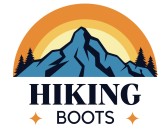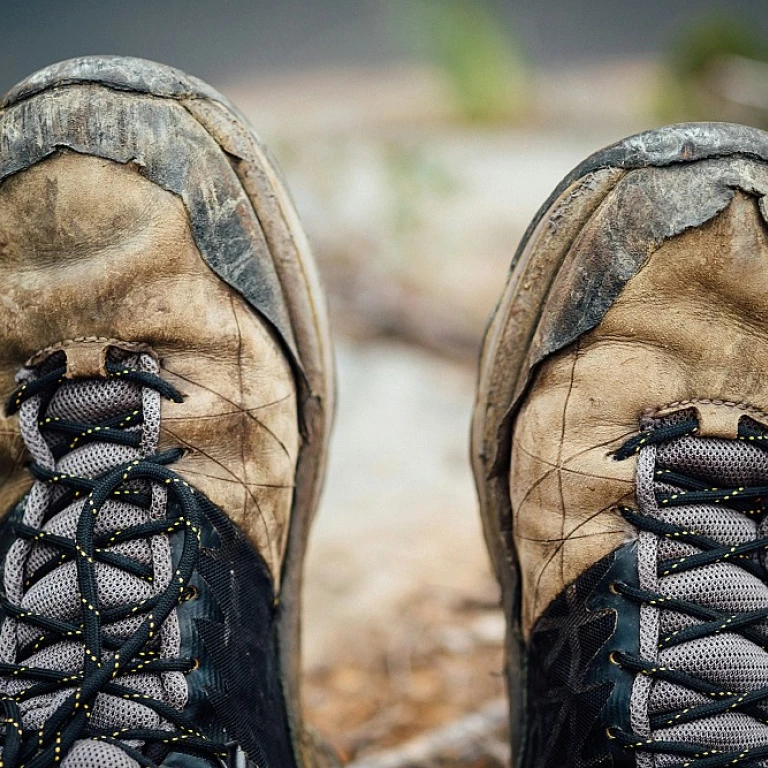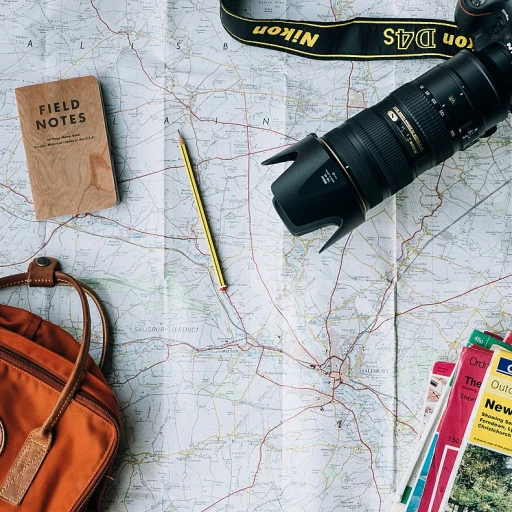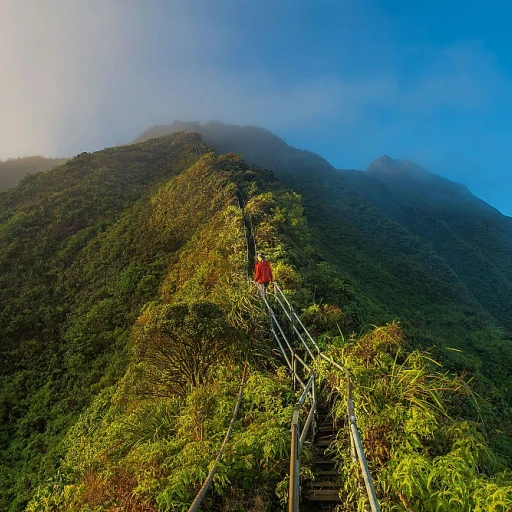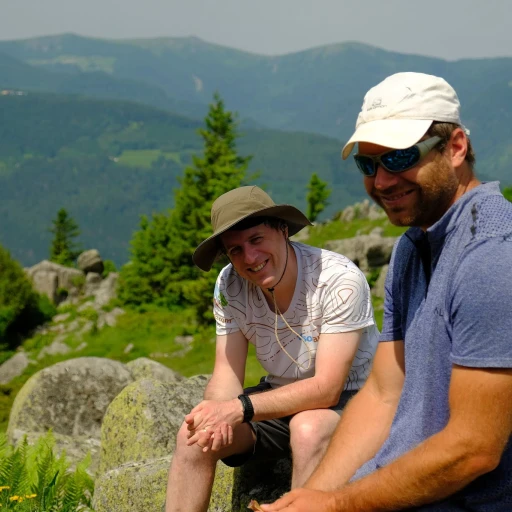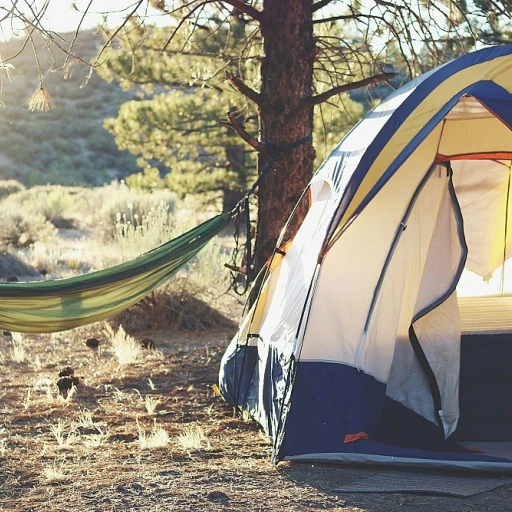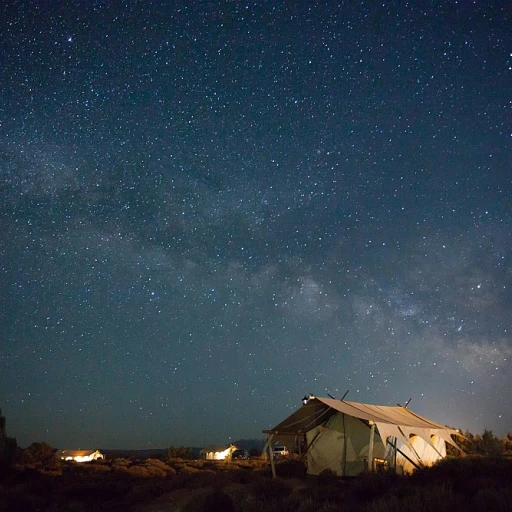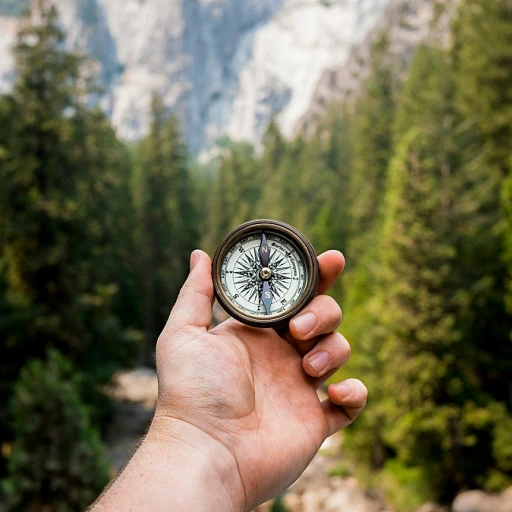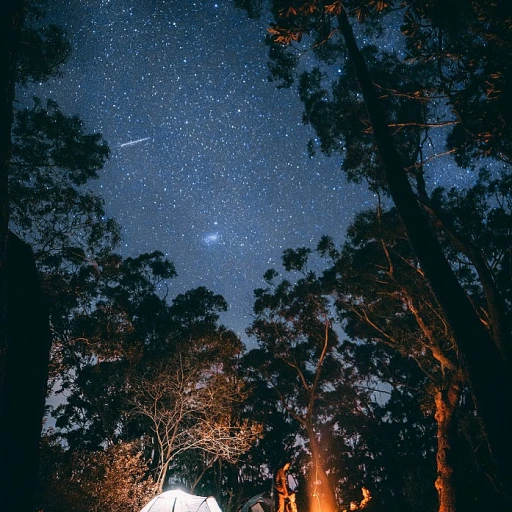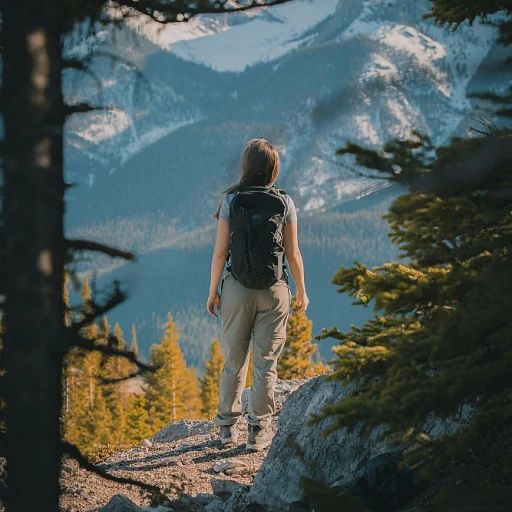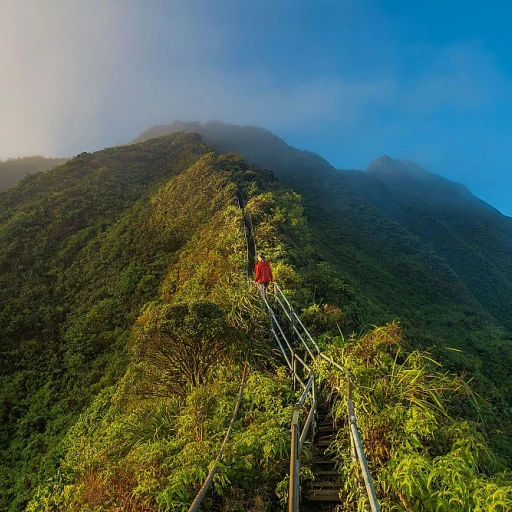The Allure of Utah's National Parks
Unmatched Beauty and Diversity
Utah's national parks are legendary, captivating outdoor lovers with their stunning vistas and diverse landscapes. There's a magic to these parks that draws folks back again and again, year after year. Picture yourself exploring colossal canyons, dramatic arches, and jaw-dropping mountain views, all while feeling a sense of peace and wonder that only nature can provide.
From the sun-kissed plateaus of Arches National Park to the rugged beauty of Canyonlands, the choices are abundant. Bryce Canyon, with its unique hoodoos, and the captivating formations in Capitol Reef, offer memories waiting to be made. Tack on Zion National Park's endless vistas, and you've got trails so unforgettable, they'll etch themselves in your mind.
Ever-changing Scenery
Each park exudes its own charm, offering something different every time you visit. You're never quite sure what wonders you'll stumble upon next. Whether it's a leisurely drive from Las Vegas or Salt Lake City, the scenic routes leading to these national treasures set the mood for adventure, with Monument Valley providing a show-stopping panorama along the way.
For those exploring Utah by road trip, the journey is as extraordinary as the destination. An experience of a lifetime that's not just about driving — it's about diving into the heart of America's natural splendor.
From Day Trips to Extended Adventures
Whether it's a quick park day through the arches or a longer trek through Island in the Sky in Canyonlands National Park, Utah has something fitting for every adventurer. The parks are perfect for both short hikes and multiday adventures, letting you tailor each trip to your pace and interests.
The allure of these parks isn't just in their breathtaking views. It's in the feeling of escaping from the hustle and bustle of everyday life, surrounded by the peace and beauty of the natural world. So, throw on those hiking boots, grab your gear, and discover the wonders that Utah's national parks promise.
Planning Your Utah National Parks Road Trip
Mapping Out Your Adventure
When you're setting off on a Utah road trip, planning is your best friend. With five national parks—Arches, Bryce Canyon, Canyonlands, Capitol Reef, and Zion—there's a lot to see. Start by deciding how much time you have. A week gives you a solid taste, but if you've got more time, even better. Consider flying into Salt Lake City or Las Vegas, both are good starting points.
Choosing Your Route
Each park offers its own kind of magic. If you're coming from Salt Lake City, you might head to Arches National Park first, where the iconic Delicate Arch awaits. From there, Moab is a great base for exploring Canyonlands National Park, especially the Island in the Sky district. Capitol Reef National Park is a bit of a hidden gem, perfect for those who like fewer crowds.
Timing is Everything
Spring and fall are prime times for a Utah road trip. The weather is mild, and the parks aren't as packed. Summer can be scorchingly hot, especially in places like Zion National Park, so plan to hike early in the day. Winter has its own charm, but some trails might be snow-covered or icy.
Where to Stay
Accommodations range from campgrounds to hotels. If you're a fan of camping, you'll find plenty of options both inside and outside the parks. For a more comfortable stay, towns like Moab and Springdale offer a variety of lodgings. For those who love the great outdoors, consider camping adventures in Utah to truly immerse yourself in nature.
Pack Smart
Utah's terrain is diverse, so pack layers. Even in summer, mornings and evenings can be chilly. Don't forget essentials like sunscreen, a good hat, and plenty of water. If you're planning on hiking, sturdy boots are a must.
Enjoy the Drive
The drives between parks are part of the experience. Highway 12, also known as the Scenic Byway, offers breathtaking views. And don't miss Monument Valley on the way to or from Bryce Canyon National Park. Each mile brings a new vista, making the journey as memorable as the destinations themselves.
Top Hiking Trails in Utah's National Parks
Trails That Paint Utah's Canvas
In Utah's national parks, trails are more than dirt pathways—they're the threads weaving together an outdoor symphony. Whether your Utah road trip kicks off at Zion or winds through the colorful corridors of Bryce, each park offers a unique trail that captures the heart of these preserved lands. Zion National Park boasts the renowned Angels Landing trail. This isn't just a hike; it's an adrenaline rush with switchbacks that make your heart race and views that will make you stop in awe. Definitely not for the faint-hearted, the final section involves a chain-assisted climb, rewarding those daring enough with vistas that stretch for miles. For those seeking solitude, venture to Capitol Reef National Park. Its Hickman Bridge trail showcases the park’s namesake bridge—a magnificent arch that seems almost suspended amid the ruggedness. The trail is moderate, offering a gentle challenge that leaves plenty of energy for the next adventure in your Utah road trip journey. Moving on to Bryce Canyon National Park, it's about the hoodoos here. The Fairyland Loop Trail is a treat—an 8-mile spectacle that immerses hikers in formations that redefine nature's creativity. The descent into the canyon plays with perspective, from massive spires to delicate pinnacles. Canyonlands National Park is a playground of vastness. The Island in the Sky district offers the Mesa Arch trail, a short yet rewarding journey particularly at sunrise. As the sun spills over the horizon, the arch acts like a window to the canyonlands beyond, a moment that can only be described as magic. For those heading towards Arches National Park, the Delicate Arch trail is quintessential. This 3-mile trek climaxes with the famous arch perched alone, a testament to time and natural artistry. Aim to visit at sunset, when the arch absorbs the dying light, a lasting image of your hiking adventure in Utah. Each trail has its season, so check park conditions when planning your visits. And remember, be a steward of these spaces by practicing sustainable hiking practices, something we touched on earlier in our planning discussion. Also, dive into experiences across the globe with our take on the Tour of Mont Blanc, a hiker's ultimate dream.Safety Tips for Hiking in Utah's National Parks
Be Prepared for the Unexpected
Hiking in Utah's national parks is an adventure like no other, but it's crucial to be ready for anything Mother Nature might throw your way. From the majestic canyons of Zion to the sprawling vistas of Canyonlands, each park offers its own set of challenges. Always check the weather forecast before heading out. Utah's climate can be unpredictable, with sudden rain showers or scorching sun. Packing layers is key, as temperatures can vary greatly from morning to afternoon.
Stay Hydrated and Fueled
With all the awe-inspiring sights, it's easy to forget the basics. But trust me, you don't want to be caught without enough water on a long trail. The dry air in parks like Arches and Capitol Reef can dehydrate you faster than you might expect. Bring more water than you think you'll need, and pack some high-energy snacks to keep you going. Trail mix, energy bars, and fruits are great options to have on hand.
Know Your Limits
While it might be tempting to tackle every trail, it's important to know your own limits. Some trails, like those in Bryce Canyon, can be steep and challenging. If you're new to hiking or not acclimated to the altitude, start with shorter hikes and gradually work your way up. Listen to your body and don't push yourself too hard. It's better to enjoy a few trails fully than to overextend yourself and risk injury.
Respect the Wildlife
Utah's national parks are home to a variety of wildlife, from deer in Zion National Park to bighorn sheep in Canyonlands. While it's thrilling to spot these creatures, remember to keep a safe distance. Never feed the animals, as it can be harmful to them and dangerous for you. Carry a camera with a good zoom lens to capture those unforgettable moments without disturbing the wildlife.
Leave No Trace
One of the most important principles of hiking is to leave no trace. This means packing out all your trash, staying on designated trails, and respecting the natural environment. Whether you're exploring the arches of Moab or the canyons of Capitol Reef, preserving these beautiful places for future generations is a shared responsibility. Remember, take only pictures and leave only footprints.
Cultural and Historical Insights Along the Way
Discovering Utah's Rich Tapestry of History and Culture
As you embark on your Utah road trip, the breathtaking landscapes are just the beginning. Utah's national parks are not only natural wonders but also treasure troves of history and culture. From ancient petroglyphs to stories of early settlers, each park offers a unique glimpse into the past.
Start your journey in Zion National Park, where the towering cliffs have witnessed centuries of human history. The park is home to the Ancestral Puebloans, whose presence is still felt through rock art and remnants of their dwellings. As you hike the trails, imagine the lives of those who once called this canyon home.
Moving on to Capitol Reef National Park, you'll find evidence of early Mormon settlers. The historic Fruita district showcases their resourcefulness, with orchards that still bear fruit today. It's a perfect spot to take a break, enjoy a fresh apple, and reflect on the resilience of those who farmed this rugged land.
In Arches National Park, the iconic rock formations are not just geological marvels but also sacred sites for Native American tribes. The Delicate Arch, for example, holds spiritual significance and is a symbol of Utah itself. Respect for these cultural sites is crucial, as they are part of the living history of the area.
Engaging with Local Communities
Beyond the parks, the towns along your route offer a chance to connect with Utah's vibrant communities. In Moab, you'll find a blend of outdoor adventure and local artistry. Take some time to explore the galleries and craft shops, where you can meet artists inspired by the surrounding desert landscapes.
As you drive through Monument Valley, consider stopping at a Navajo reservation. Here, you can learn about the Navajo way of life and their deep connection to the land. Guided tours led by Navajo guides provide an authentic experience, sharing stories passed down through generations.
Preserving the Past for Future Generations
While exploring Utah's cultural and historical sites, it's important to practice sustainable tourism. Respect the land and its people by following guidelines and regulations. Stay on designated trails, avoid touching rock art, and support local businesses that prioritize conservation efforts.
By understanding and appreciating the cultural heritage of Utah's national parks, you'll enrich your road trip experience and contribute to the preservation of these invaluable resources for generations to come. Whether you're hiking in Bryce Canyon or driving through Canyonlands National Park, the stories of the past are waiting to be discovered.
